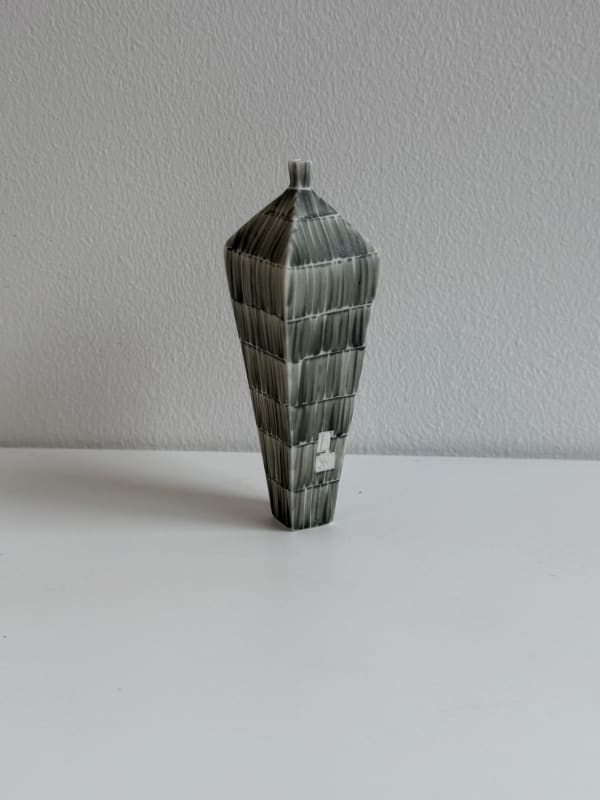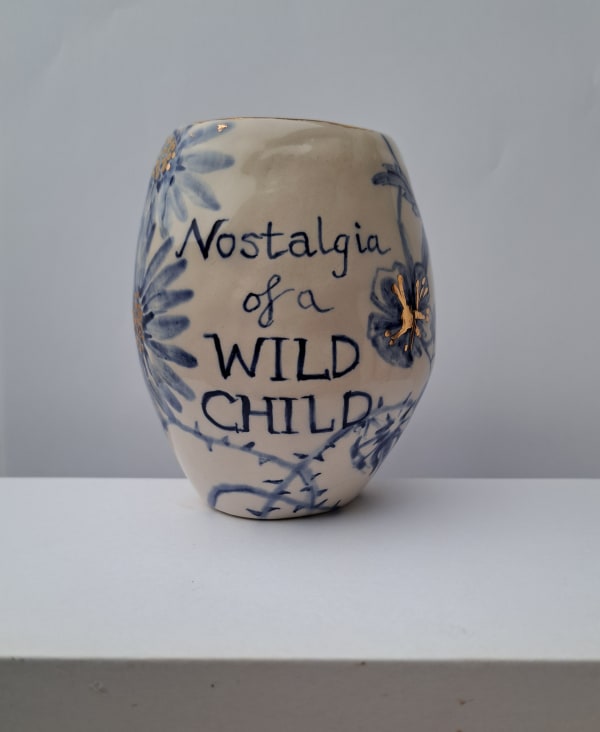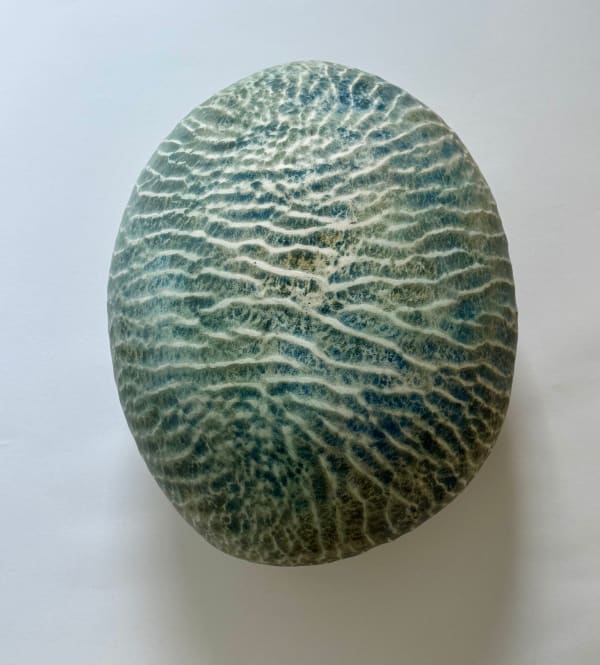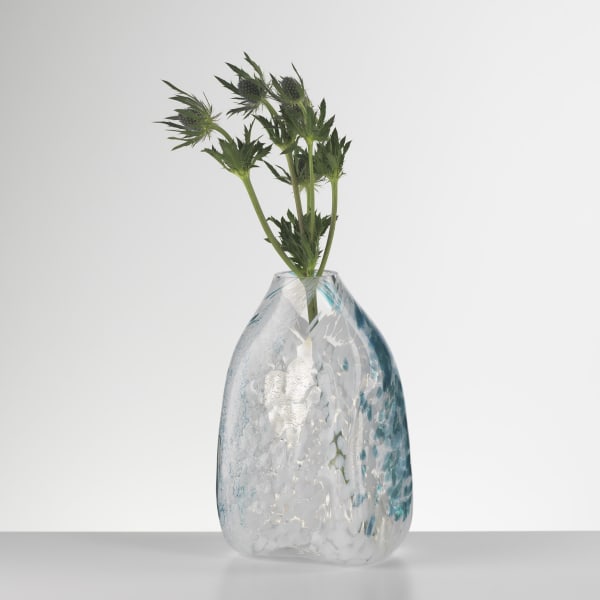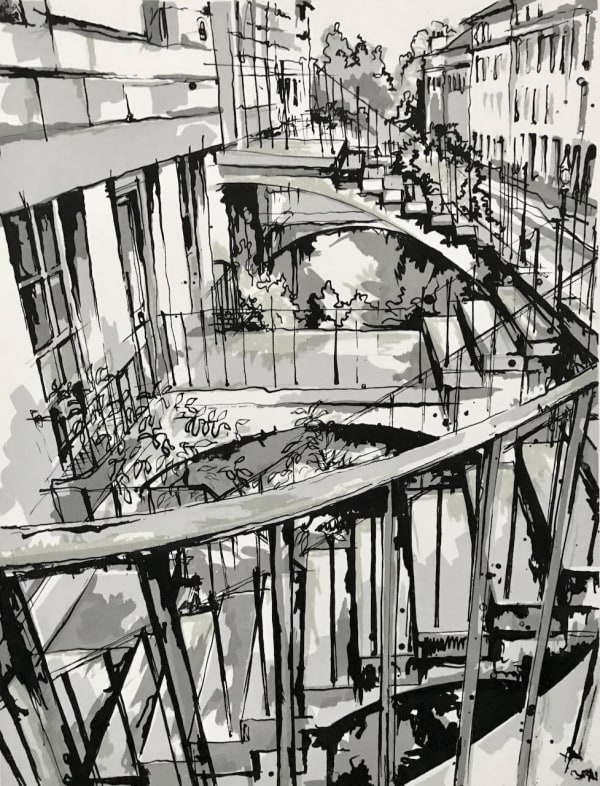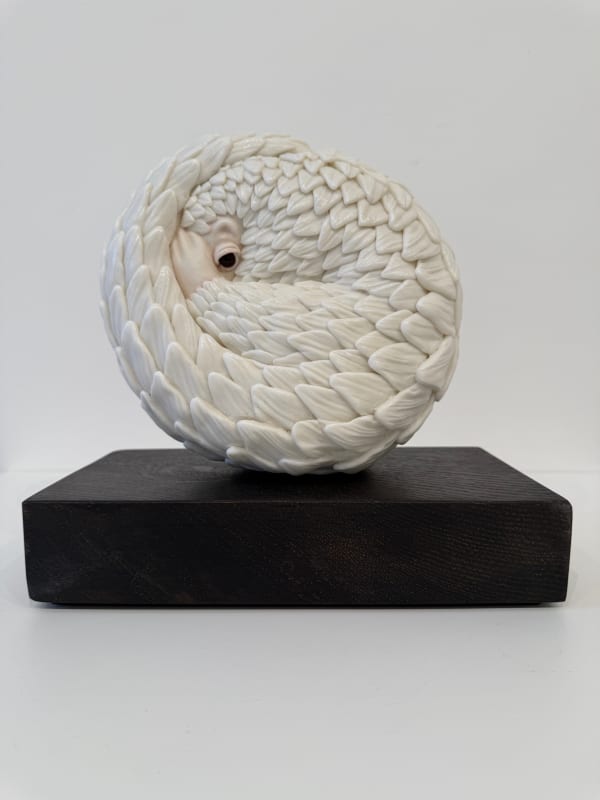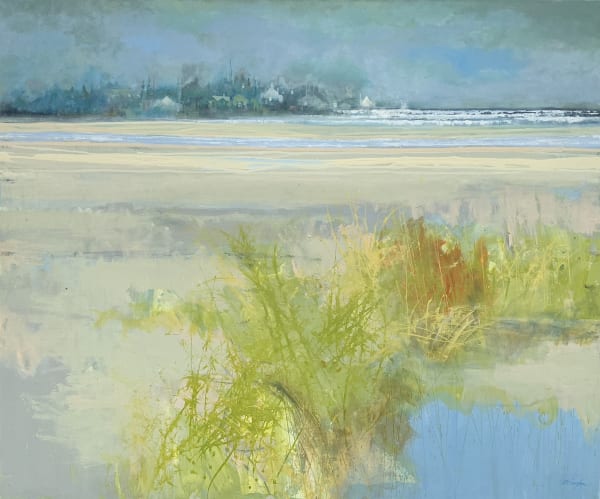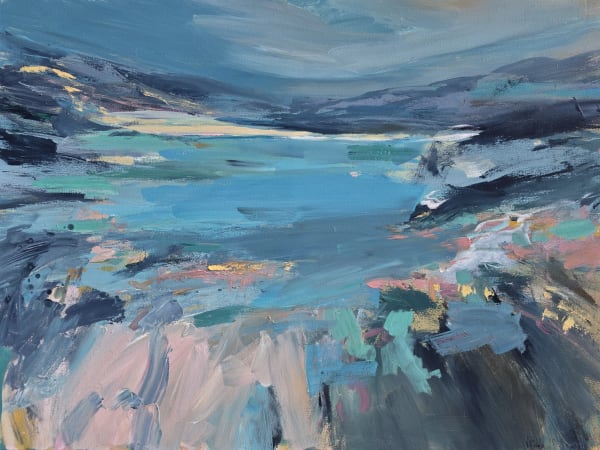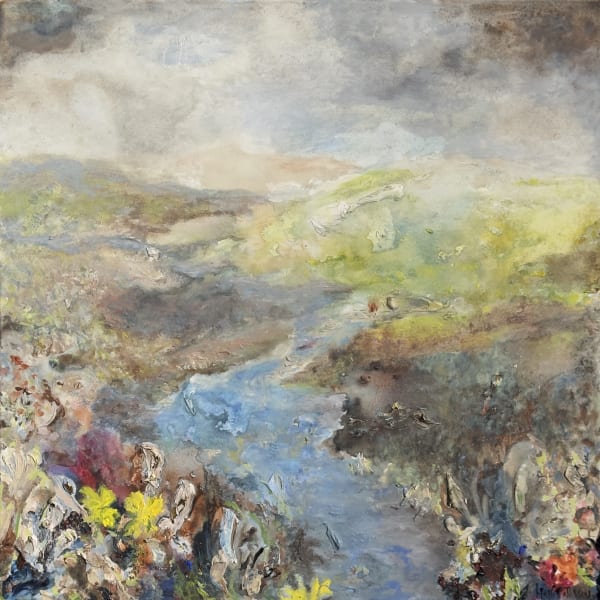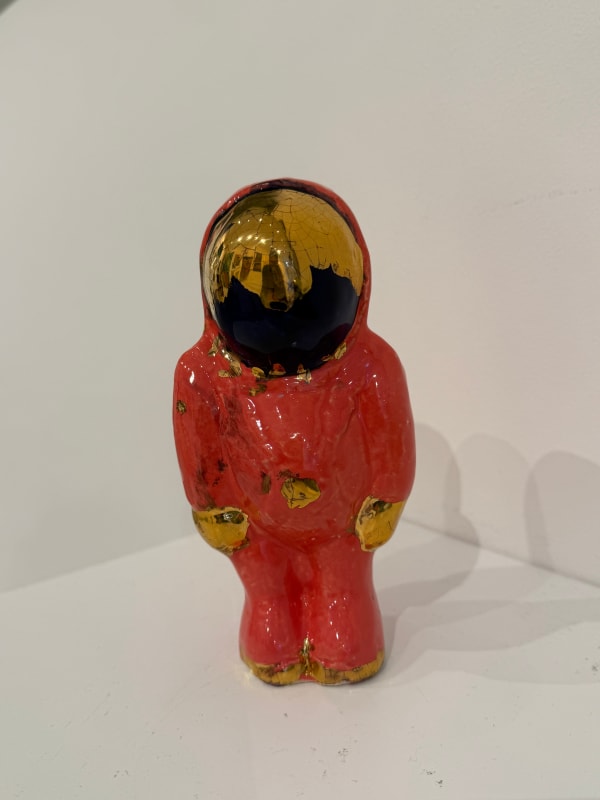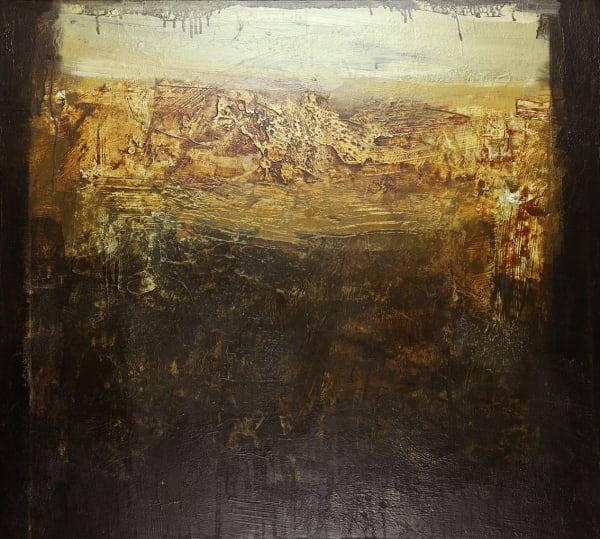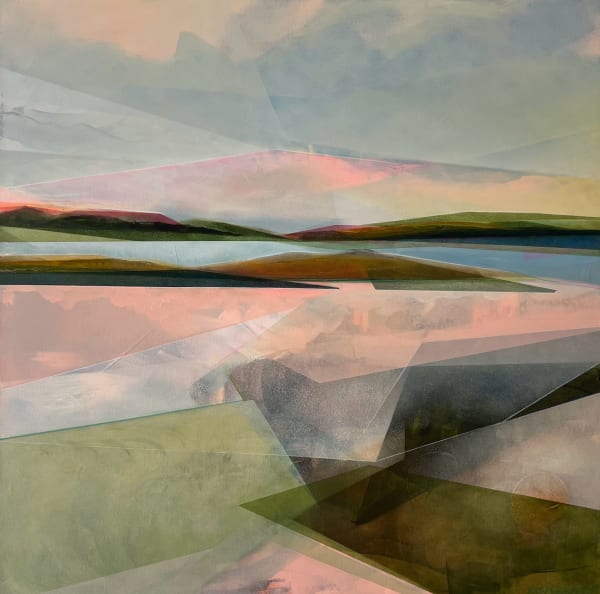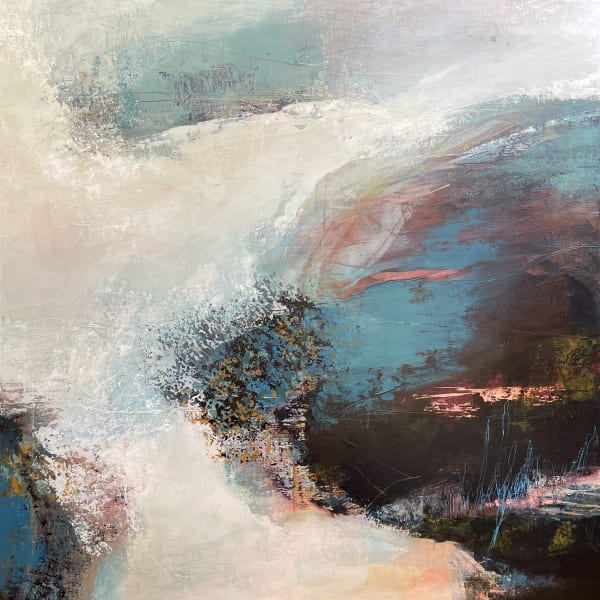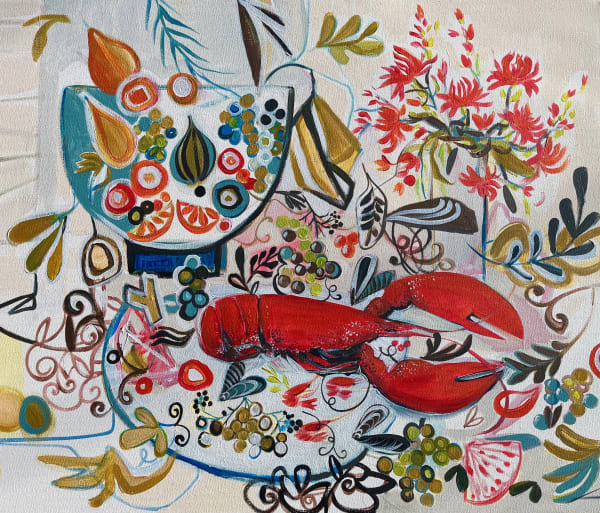Graystone Gallery proudly represents exceptional Scottish artists whose work captures Scotland's landscapes, urban scenes, and artistic heritage. Through a thoughtfully curated programme of exhibitions, we showcase both established names and emerging talents across various mediums, offering unique insights into their creative processes and artistic visions that define contemporary Scottish art.
-

Justine Allison
-

Gary Anderson
-

Penelope Anstice
-

Rosanne Barr
-

Adrian Bates
-

David Binns
-

Sarah Bold
-

Balbinder Broadbent
-

Joyce Gunn Cairns
-

Nancy Chambers
-

Christine Clark
-

Jason Cordingley
-

Michael Corsar
-

Jane Cruickshank
-

Pauline Cumming
-

Poppy Cyster
-

Judith Davies
-

Cherylene Dyer
-

Kinga Elliott
-

Adam Frew
-

Madeleine Gardiner
-

Erraid Gaskell
-

Jo Gifford
-

Gaby Guz
-

Garry Harper
-

Hetty Haxworth
-

Wendy Helliwell
-

Robert Pereira Hind
-

Jane Hunter
-

Elin Isaksson
-

Alison Jardine
-

Lucy Jones
-

Hanna Kaciniel
-

Jaeeun Kim
-

Sarah Knox
-

Louise Lacaille
-

Lindsey Lavender
-

Astrid Leeson
-

Connie Liebschner
-

Lizzie Lilley
-

Ruby Lord
-

Ben Lucas
-

Claire MacLellan
-

Jennie McCall
-

John McClenaghen
-

Amelia McComb
-

Mary McDonald
-

Euan McGregor PAI
-

Louis McNally
-

Sue Mundy
-

Lesley Oldaker
-

Gail Olding
-

Ellis O’Connor
-

Hatti Pattisson
-

Sophia Pauley
-

Jackie Philip
-

Amanda Phillips
-

Greer Ralston
-

Philip Raskin
-
Ian Rawnsley
-

Caroline Riley
-

Ken Roberts
-

Allan J Robertson
-

Arran Ross
-

Jennifer Irvine RSW
-

Jenny Martin RSW
-

Margaretann Bennett RSW
-

Neal Greig RUA
-

Catherine Sargeant
-

Katy Sawrey
-

Sue Shields
-

Carol Sinclair
-

Lorna Sinclair
-

Kerry Souter
-

Elaine Speirs
-

Rose Strang
-

Anna Sudbina
-

Nerine Tassie
-

Marion Thomson
-

Gift Voucher
-

Rosalind Walker
-

Giles Ward
-

Janene Waudby
-

Marissa Weatherhead
-

Jane Wheeler
-

Ella Williams
-

Victoria Wylie
-

Allison Young
